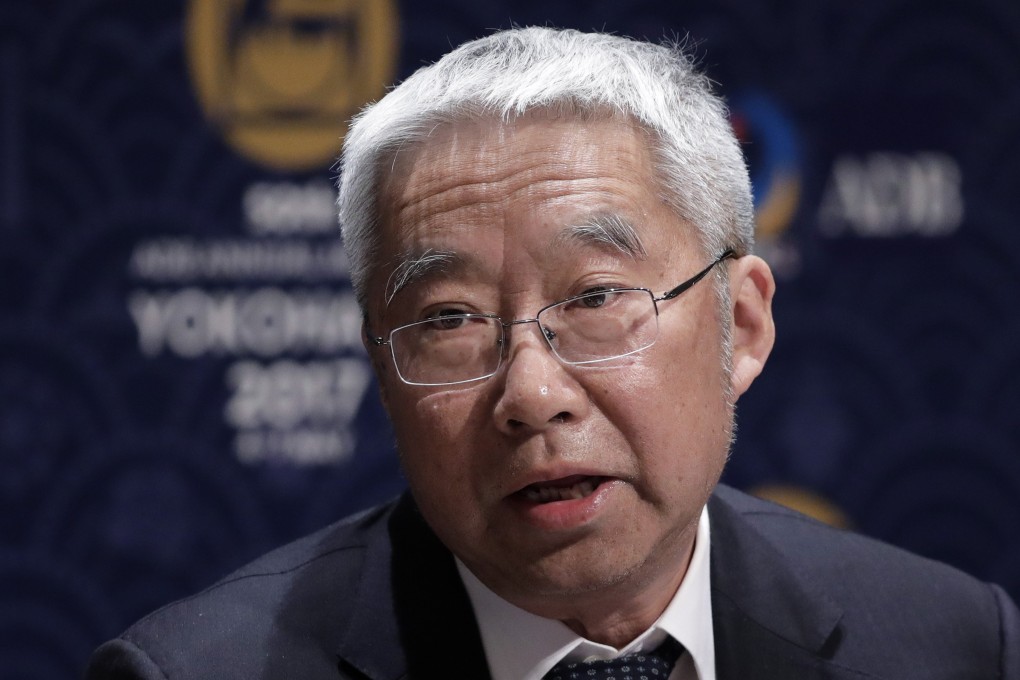China will cut interest rates further to stabilise economy, Yu Yongding says
- Former central bank adviser Yu Yongding believes China has policy tools to prevent severe capital outflows
- The yuan’s flexibility can also improve further to offset the impact on monetary policy independence from cross-border capital flows

China will further cut interest rates to stabilise the economy, as shrinking China-US yield spreads will not change Beijing’s monetary policy loosening bias, the China Securities Journal reported on Monday, citing former central bank adviser Yu Yongding.
Yu, a former member of PBOC’s monetary policy committee, told the newspaper that even as the US Federal Reserve raises its benchmark rate to 2 per cent, the real interest rates would remain negative due to high inflation, in contrast to positive rates in China.
In addition, China has policy tools to prevent severe capital outflows, while the yuan’s flexibility can improve further to offset the impact on monetary policy independence from cross-border capital flows, Yu was quoted by the article as saying.